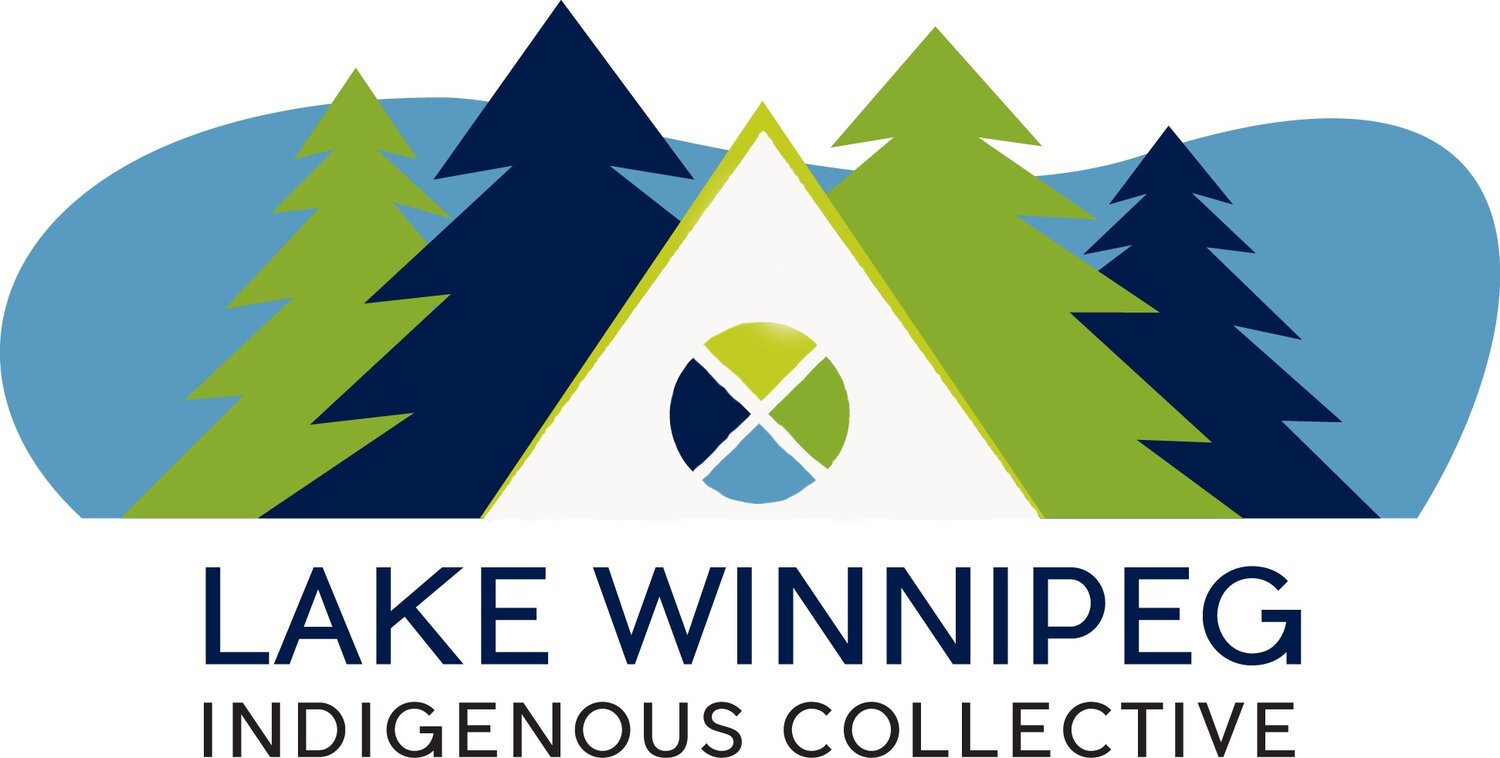Wildlife Management Areas, more like Indigenous Territories
“Wildlife Management Areas” are Indigenous territories, plain and simple.
“As the original occupants of the land now known as Canada, Indigenous Peoples named the land and the features around them. As Europeans settled in Canada, they introduced names that reflected their own culture and history.” – Government of Canada
Place names have a deep and significant meaning to the First peoples of these territories. The Wildlife Management Areas (WMA) are situated on Treaties 1 and 2, however we have seen minimal attempt to acknowledge the Indigenous peoples that first inhabited, protected and cared for these lands.
“I am honoured to be naming these areas after individuals who have provided life-long dedication to the improvement of Manitoba’s wildlife and wildlife habitat.” Says Agriculture and Resource Development Minister Blaine Pedersen. Life-long dedication is an understatement to Indigenous peoples, we have been here protecting these lands for time immemorial.
The Manitoba government is moving in the opposite direction of reconciliation, by disregarding the deep-rooted relationships of generations of Indigenous peoples with the land. "For me it's another colonial tactic by governments to erase our connection to the land and to erase our histories and erase what our people have been doing for so long to protect the land and water," said Kevin Settee, whose family is from Fisher River Cree Nation.
Indigenous nations have always been caretakers of the land and water. It is embedded in our natural laws and it is a part of our world view. Over the past century, settlers attempted to dispossess and erase Indigenous nations from the land. The resulting decline in Turtle Island’s health is very real - the water is polluted, wildlife is getting sick, and critical habitat continues to be fragmented and destroyed.
Our ancestors withstood assimilation. We remained resilient and protected our language, knowledge and place names.
Indigenous place names contribute to the preservation, revitalization and strengthening of Indigenous histories, languages and cultures. The names carry generational knowledge, they are the stories that connect Indigenous peoples and all non-human beings. The land doesn’t need new names, the land needs those old names. The WMAs should honour the peoples that protected the land since time immemorial. “Indigenous peoples literally taught settlers how to live here. Indigenous contributions are the basis for absolutely everything Manitoba is. The very names Manitoba and Winnipeg refer to the teachings found in the land and water of this place and how we must protect them.” – Anishinaabe Columnist Niigaanwewidam James Sinclair
In the spirit of “reconciliation” the government should ask the peoples on these territories next time they decide to change the names.
Indigenous peoples are here, we were always here, and we will always be.
